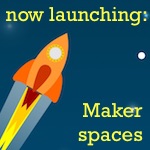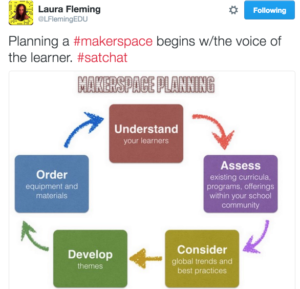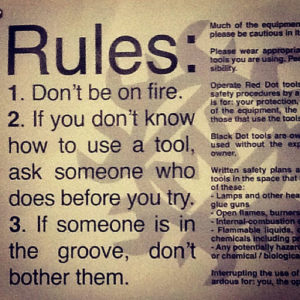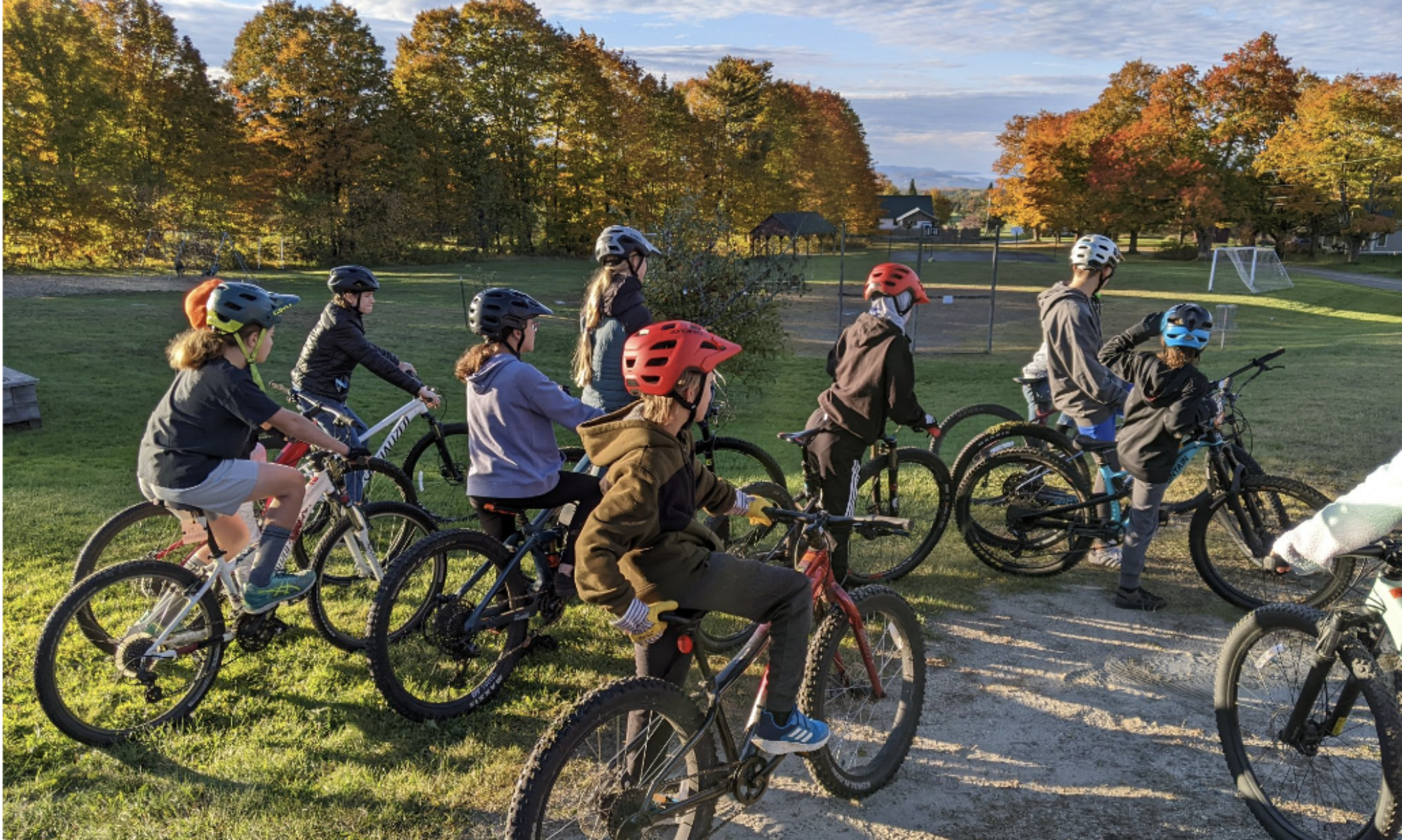Whose makerspace is it, anyway?
 A makerspace can take many forms, but fundamentally it should be a locus of student engagement and creativity.
A makerspace can take many forms, but fundamentally it should be a locus of student engagement and creativity.
So engage them from the start by turning over as much of the design and operation of your makerspace as possible.
Why involve students?
A makerspace is by definition student-centered. A makerspace provides a place where students can tinker, explore, and create. Student voice, choice, and engagement = awesomeness.
It is tempting to think of a makerspace as a laboratory of innovation. If we adults build the laboratory to be safe, to include the right blend of toys and tools, to send the right signals that it’s a safe space for our students, then their joy of learning will blossom.
Yet a thriving makerspace is more organic, more responsive – more of an intentional artist community than a pre-planned laboratory.
I submit that the most important design challenge in your makerspace is the design of the makerspace itself. Authentically involving students in building and operating your space will create an explosion of ownership and ultimately result in a much better makerspace.
Here are five ways to partner with students in your makerspace.

1. Include students at the planning stage
A school librarian in Connecticut started with the idea of a makerspace but kept it deliberately sparse to start in order to leave room for student input. This Mindshift article details how she and her students transformed the space together.
Jen Hill from Crossett Brook Middle School asked students to review video she had taken during a trip to Boston where she toured makerspaces (organized by the fine folks at the Generator). Then she got their ideas of how to organize the school’s nascent makerspace.
2. Create and communicate procedures
Just like with classroom rules and norms, incorporating student voice is the first step of creating makerspace procedures that work. Students will bring the perspective of users and can often express the procedures in ways that make sense to kid brains.

3. Conduct tours
Students can be the ambassadors of your makerspace, introducing it to teachers, other students, parents, etc. These tours can be pre-planned or spur-of-the-moment, live or virtual.
By encouraging them to talk about the awesome potential of the makerspace, you are building positive momentum.
Your students are your best PR tool.
https://www.youtube.com/watch?v=UNlZLUaMakw
4. Make Maker Mentors
A high school in North Carolina put students at the center of their makerspace development, as detailed in this Edutopia article. Student leaders now run periodic “pop-up” makerspaces, acting as mentors and excitement generators.
This is a good role for your frequent flyers, where they can share their enthusiasm and expertise while taking on responsibility and, yes, even more ownership.
5. Document and reflect
It is important for students to reflect on their learning to make personal and conceptual connections. This is especially crucial in an open-ended learning environment like a makerspace.
In her post “Makerspace Wonderland at Crossett Brook MS,” Jen Hill described how students are given the opportunity to reflect via a makerspace blog and provided a video.
She has also created a testimonial booth where students can make quick selfie videos to talk about creations they’ve made and share aha moments.

Student reflections provide footage that can be used to tell stories about the makerspace, evaluate how it’s being used, generate evidence for student portfolios, and garner direct feedback to improve the space in the future.
[googleapps domain=”drive” dir=”file/d/0B8diR_cFuOskN3hiY3MyRXY0aWM/preview” query=”” width=”640″ height=”480″ /]

